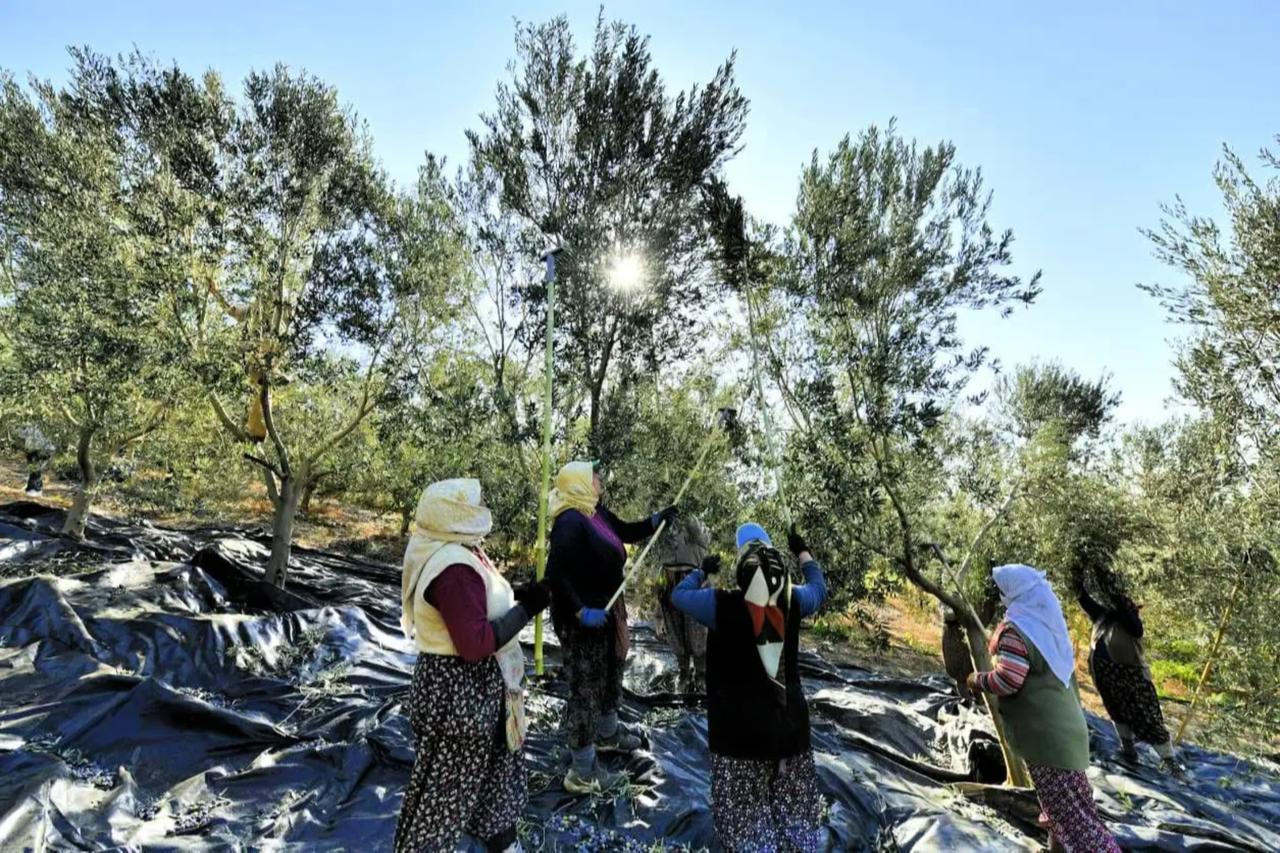
Olives are deeply rooted in Türkiye’s agricultural and cultural identity, but climate change is beginning to reshape the sector in ways that could prove difficult to reverse.
Despite widespread consumer demand for local and traceable food products, Turkish olive farmers are still struggling to fully leverage their genetic advantage. Most small producers, who account for 82% of the country’s olive oil output, lack technical and financial support to commercialize or differentiate their native varieties especially in the face of climate change.
Released in June 2025 as part of the Anatolivar Project, the report offers one of the most comprehensive assessments to date of how climate change is impacting Türkiye’s olive industry. While production remains strong, and smallholder and female-led farming continues to dominate the sector, water management emerges as a glaring vulnerability.

Türkiye is home to over 200 million olive trees and more than 900,000 hectares of olive groves. But the sector's heavy reliance on outdated irrigation methods—and its slow adoption of climate adaptation tools—raises questions about its long-term resilience.
The report warns that basin-level water management plans, drip irrigation, and rainwater harvesting need to be scaled up urgently if producers are to weather future droughts. Compounding the issue, 38% of olive-growing soils are below the critical threshold for organic matter, meaning even modest climate shocks could lead to significant drops in yield.
Farmers are not blind to the shifting conditions. Many have already experienced extreme weather events, erratic rainfall, and rising input costs. But most still interpret these challenges as isolated, rather than systemic. A full 64% of olive producers say they lack sufficient information about climate change and its effects.
Moreover, access to agricultural insurance, early warning systems, and state support remains patchy. Without institutional support or coordinated planning, individual producers are often left to improvise.
Despite these pressures, small family farms remain the backbone of the olive industry, producing 82% of Türkiye’s olive oil. Women play a central role, particularly in production and cooperatives, often serving as both labor and leadership in rural economies.
The National Olive and Olive Oil Council (UZZK), formed in 2007, continues to serve as a key coordination platform. But the report points to a wider disconnect between national planning and the everyday realities of producers, especially when it comes to climate readiness.

Türkiye’s olive sector is also sitting on a largely untapped asset: its native olive cultivars, many of which are unique to specific regions and climates. Nearly 6,500 organic producers are already active, but support for these local varieties remains minimal.
With targeted investment and marketing, these varieties could help reposition Turkish olives in global value chains, particularly in niche, premium markets. As of now, however, most of this economic and ecological value remains latent.
As the European Union's Green Deal drives regulatory changes across supply chains, Türkiye’s producers face both challenges and opportunities. The country’s Olive Gene Bank in İzmir houses 92 domestic and 28 international olive varieties and plays a strategic role in conservation and potential cross-breeding for resilience.
To date, 29 Turkish agricultural products have secured Protected Designation of Origin (PDO) status in the EU, giving compliant producers an advantage in high-value export markets. But for most producers, the sector still follows a linear “produce-consume-discard” model, with circular economy practices far from mainstream.
Türkiye’s olive sector is rich in heritage, biodiversity, and local know-how, but it is facing a slow-burning crisis. Without immediate shifts in water strategy, climate education, and regulatory alignment, producers risk falling behind as global markets grow more demanding and the environment less forgiving.
The report leaves little doubt: drought isn’t a distant threat and it’s already here. And unless the country modernizes its approach, one of its most celebrated crops may not remain as resilient as its reputation suggests.